Key Takeaways
- Regular property hazard inspections in Sacramento are essential for protecting investments, ensuring tenant safety, and maintaining compliance with strict local building codes.
- Inspections focus on key risk areas, including fire hazards, water damage, mold, electrical faults, structural issues, and gas leaks, to prevent costly repairs and legal problems.
- The inspection process involves thorough pre-inspection planning, on-site assessments of all property areas, and detailed post-inspection reporting with actionable recommendations.
- Choosing a licensed, experienced, and communicative inspector is crucial—review their credentials, sample reports, and client feedback before hiring.
- Inspection fees are a smart investment, as proactive hazard detection helps reduce unexpected expenses, supports steady rental income, and enhances property value and occupancy rates.
Owning property in Sacramento means staying ahead of potential hazards that could put your investment or tenants at risk. I know how overwhelming it can feel to keep track of building safety, especially if you’re managing from afar or juggling several properties. That’s why regular property hazard inspections matter—they help catch problems before they turn into costly repairs.
Have you ever wondered if your property is truly safe and up to code? Many owners share this concern, especially with California’s strict regulations. By prioritizing inspections, you’re not just protecting your building—you’re also giving yourself peace of mind. Let’s explore why these inspections are so important and how they can make your life easier.
What Are Property Hazard Inspections?
Property hazard inspections in Sacramento focus on checking homes or buildings for risks that could harm people or property. I look for fire hazards, water damage, electrical problems, and building code violations. Homeowners, investors, and property managers request these inspections to spot issues early, long before they become costly repairs.
During an inspection, I walk through every area of the property. I check electrical panels for frayed wires, review plumbing for leaks, and confirm smoke detectors work. Examining roofs for missing shingles and crawl spaces for pest activity helps keep every part of the property safe. Do you have concerns about older wiring or past flood damage? Targeted inspections catch details owners might miss themselves.
Sacramento has specific safety and health standards inspectors follow. Reports explain what I find, giving you insight into the property’s condition and any hazards present. Knowing the facts about building safety brings confidence, even when you manage multiple properties or live in another city. What safety questions are on your mind about your investment?
Importance of Property Hazard Inspections in Sacramento
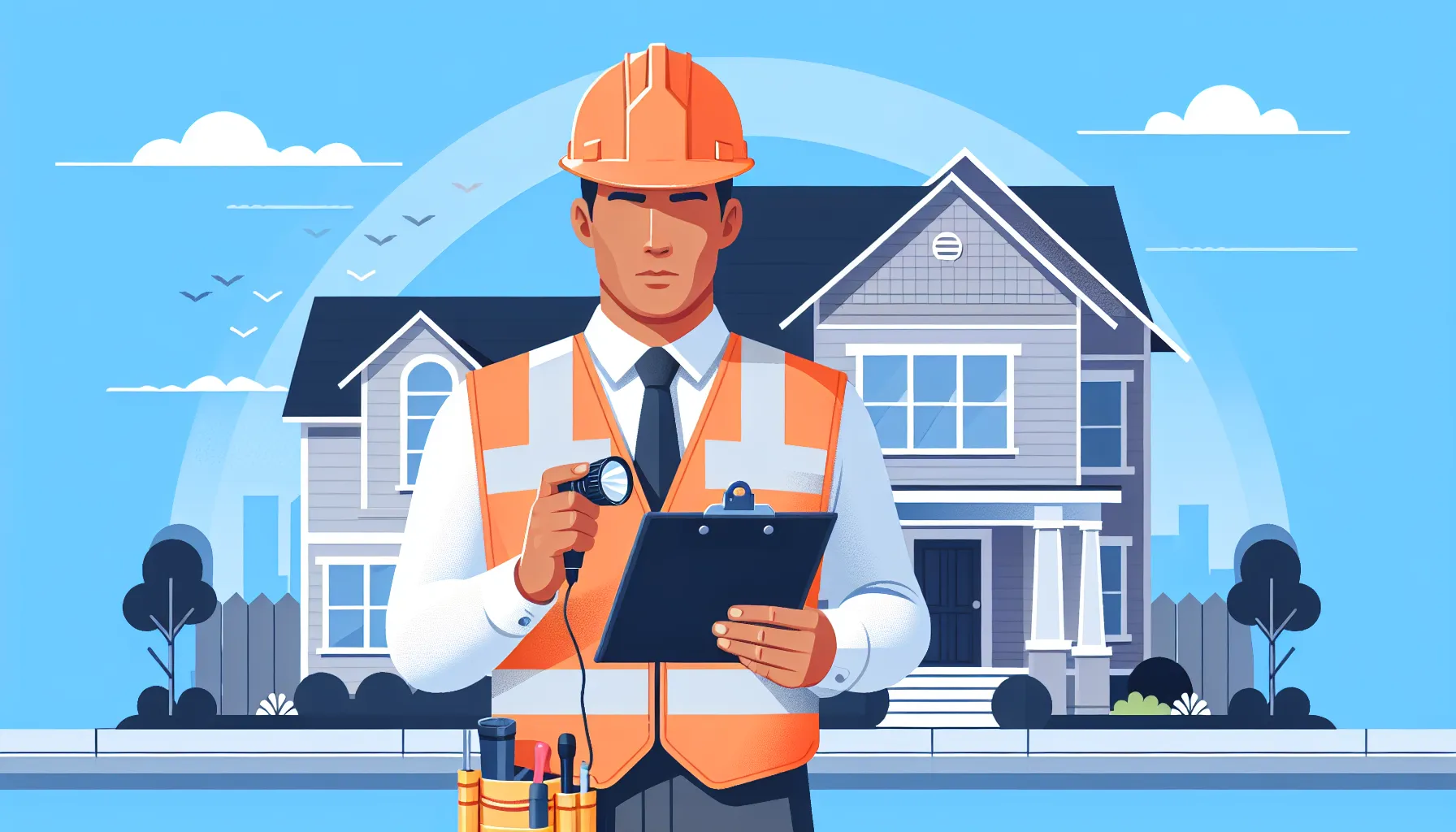
Property hazard inspections in Sacramento provide direct protection for rental investments and occupants. Regular inspections reveal fire hazards, electrical faults, mold growth, and water leaks. For example, a faulty breaker panel or a hidden roof leak may seem minor now but lead to major repair bills if left unchecked. Do you ever wonder if small problems could become bigger headaches over time?
Sacramento’s building codes prioritize health, safety, and compliance. Inspectors check for worn wiring, code violations, faulty smoke detectors, and other critical items. Homeowners and investors gain an early warning to fix hazards before they threaten tenants’ safety or property value. What risks keep you up at night as you think about your properties?
Detailed inspection reports give you a clear picture of condition and risk, which helps you make informed decisions. These reports address areas such as plumbing, foundations, crawl spaces, and roofing. If you’ve managed properties from afar or oversee multiple units, reliable insight brings relief and confidence.
Proactive inspections save money by reducing surprise expenses and legal problems. They help maintain stable rental income by keeping tenants satisfied and meeting their safety expectations. How much peace of mind would you get from knowing hidden dangers are under control? Sacramento’s focus on safe housing means inspections stand as a necessary part of responsible property management.
Key Types of Hazards Inspected
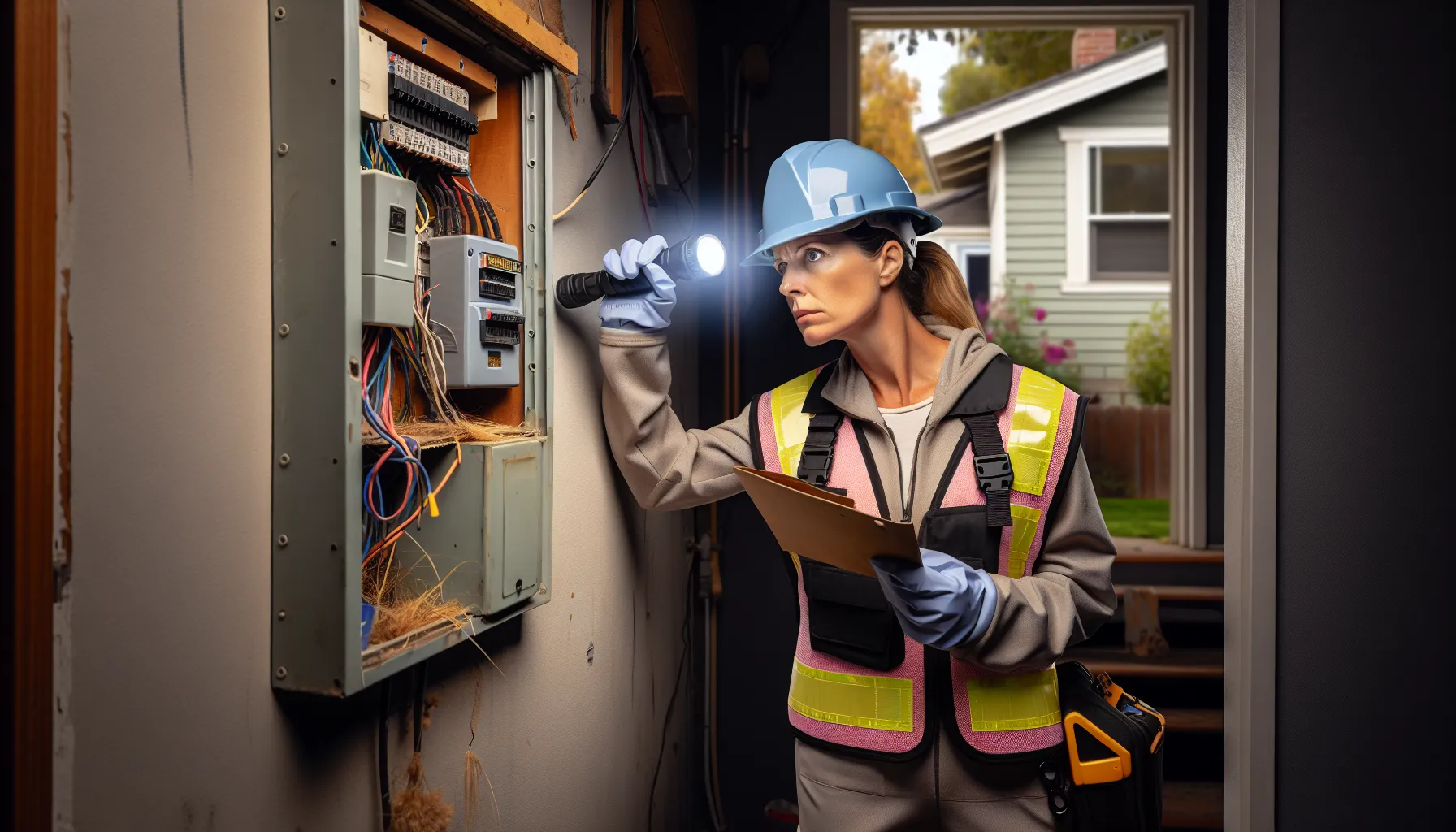
Property hazard inspections in Sacramento focus on several main risk areas. These risks affect safety, comfort, and long-term costs. Have you ever wondered what inspectors look for during these routine checks?
Fire Hazards
Inspectors pay close attention to fire hazards because fire can cause rapid property loss and threaten lives. They look for blocked exits, missing smoke detectors, faulty wiring, and improper storage of flammable items. For example, outdated breaker panels or overloaded outlets could turn into major fire risks. Inspectors also check that fire extinguishers and alarms work.
Water Damage and Mold
Water damage often starts small but causes expensive structural and health problems if ignored. Inspectors check under sinks, in crawl spaces, near windows, and around roofs for leaks or stains. They search for signs of dampness or musty odors, as even a slow drip can lead to mold growth. Mold hazards get flagged because mold can harm health, especially for those with allergies or asthma.
Structural Risks
Structural risks can develop without warning, especially in Sacramento’s older buildings. Inspectors examine foundations for cracks, floors for uneven settling, and beams or supports for visible wear. Do you ever worry about mysterious creaks or doors that stop closing right? These can signal issues like rot or damage from pests. Early detection prevents major repairs and protects everyone inside.
Electrical and Gas Hazards
Most inspections include a review of electrical panels, outlets, and visible wiring. Inspectors look for signs of wear, exposed wires, or outdated systems. Why risk damage from electrical faults or gas leaks? Inspectors check that appliances, heaters, and water heaters connect safely and test for potential gas leaks. Unsafe setups, like unvented gas stoves or aging electrical panels, present clear risks for fire and respiratory health.
Inspections of these hazards give property owners a clear, actionable view of their property’s safety. What safety concerns are most important for you right now?
How the Inspection Process Works in Sacramento
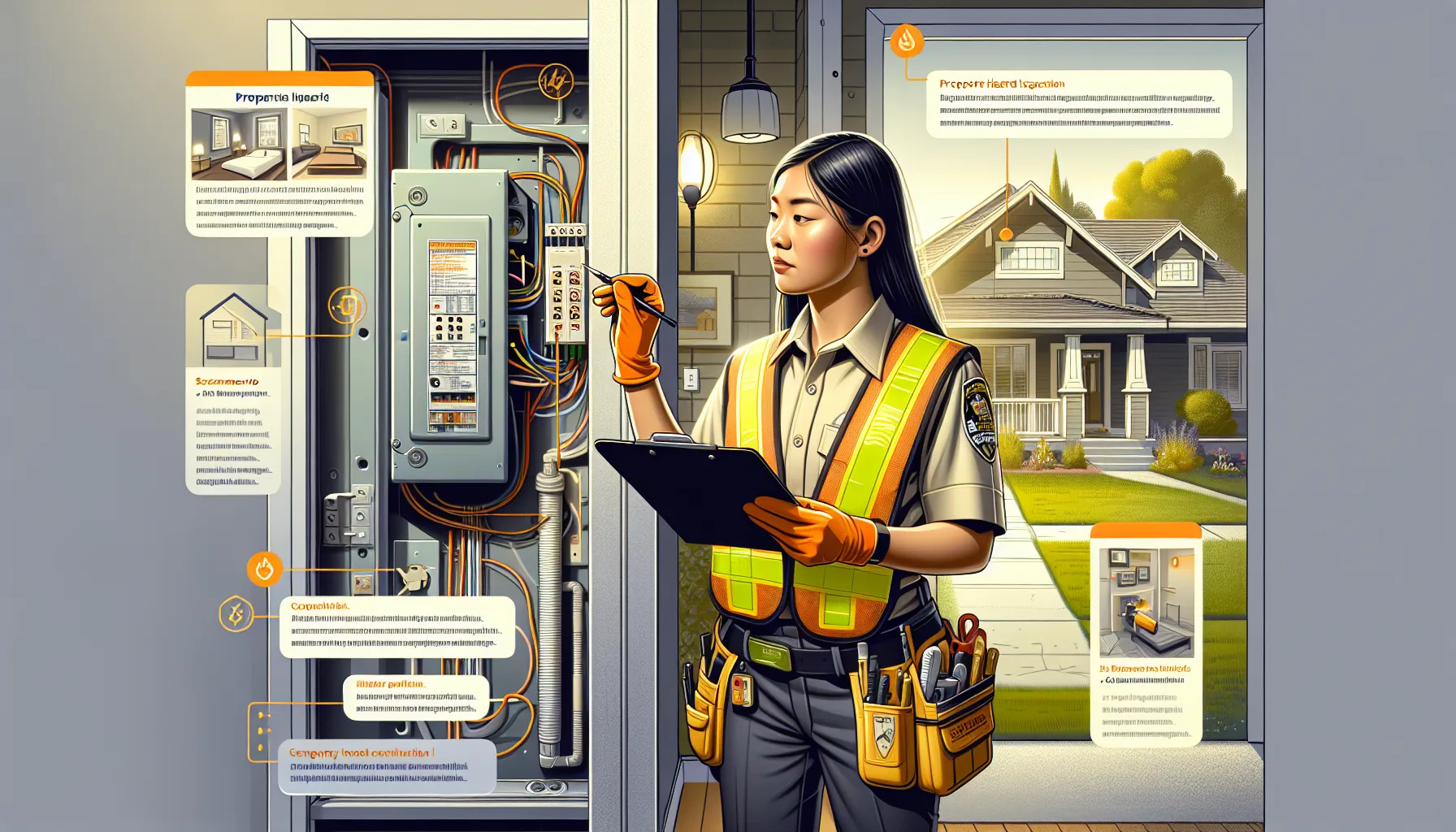
Property hazard inspections in Sacramento follow a structured process trusted by owners and investors. I rely on these steps to give a clear, unbiased view of each property’s risks and needs. Curious about what happens during each stage of an inspection? Here’s how the process unfolds from start to finish.
Pre-Inspection Preparation
Preparation starts with reviewing city safety requirements and reviewing recent reports, if available. I gather details about the property’s age, history, and prior issues. Scheduling usually happens a few days in advance, giving tenants time to prepare and granting comfortable access for everyone involved. Wondering what paperwork is needed or what areas inspectors focus on before arriving? Inspections typically cover electrical panels, roofing, crawl spaces, and plumbing.
On-Site Inspection Steps
On inspection day, I walk through each room and exterior area with a checklist tied to Sacramento’s health and safety codes. My visit often begins outdoors, checking walkways, landscaping, and external hazards. Indoors, I inspect fire alarms, exits, wiring, water heaters, and plumbing under sinks—are there leaks, missing smoke detectors, or tripped breakers? These checks reveal visible safety concerns, but I also look for subtle issues, like musty odors hinting at mold or cracks suggesting shifting foundations. If you’ve ever wondered whether inspectors miss hidden problems, we use specialized tools in difficult-to-reach areas, like attics or beneath floors.
Post-Inspection Reporting
After leaving the site, I compile a detailed, written report using notes and photos collected during the walkthrough. This report describes what was observed, points out violations or problem areas, and lists recommended next steps. Reports go directly to the property owner, letting them address urgent issues or plan for future improvements. Do you have questions about how to interpret these findings or prioritize repairs? These documents make it easier to make choices—whether that means quick fixes to satisfy local codes or planning renovations to keep tenants safe and happy.
Choosing the Right Inspection Service in Sacramento
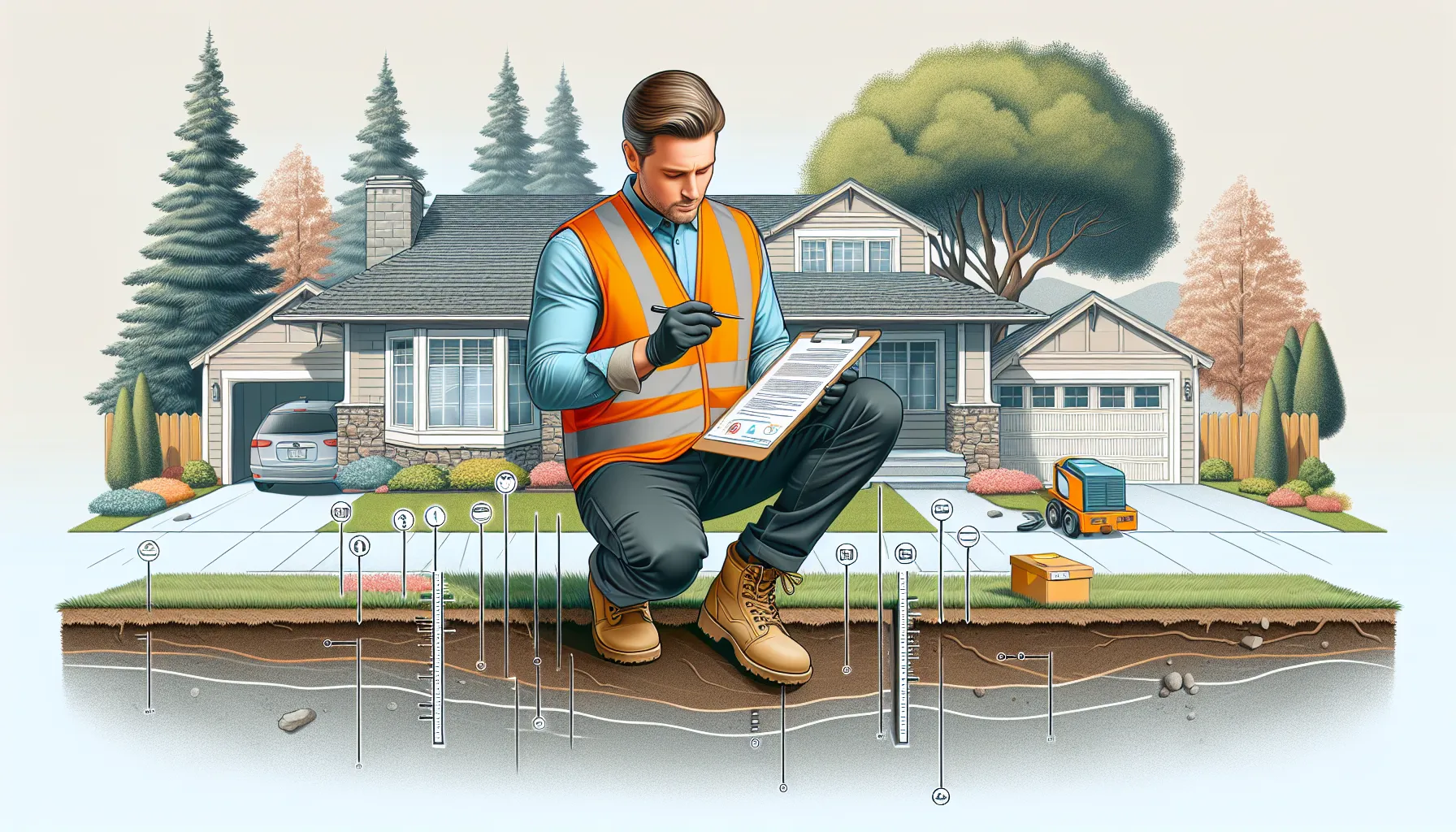
Selecting a property hazard inspection service in Sacramento can feel overwhelming, especially given the critical role these assessments play in protecting your investment. I value a dependable and knowledgeable inspector who brings clarity and reassurance throughout the process.
What to Look For in an Inspector
Examining inspector credentials gives me confidence in their expertise. Licensed inspectors with certifications recognized in California often meet higher industry standards. Professional experience, ideally several years inspecting properties in Sacramento, indicates familiarity with local building codes and common property risks.
Reviewing sample reports helps me gauge how clearly and thoroughly an inspector communicates findings. Detailed, easy-to-read reports with photographs and practical recommendations support my decision-making. Inspectors who continually update their skills, for example through ongoing education or local safety training, usually remain current with Sacramento’s requirements.
Assessing client feedback paints a picture of reliability and consistency. Positive testimonials describing responsive, thorough, and knowledgeable service stand out to me. How do you typically identify trustworthy professionals in your search for property services?
Questions to Ask Before Hiring
Exploring an inspector’s background often starts with questions about licensing, training, and references. I want to know:
- How long have you inspected properties in Sacramento?
- Do you hold all required California certifications?
- Can you provide a copy of a recent inspection report?
- What’s your knowledge of current Sacramento building safety standards?
- How do you document hazards and prioritize repairs for owners?
Asking about their inspection process reveals both the thoroughness and transparency I expect. How detailed is the examination? Will I receive a written, illustrated report following the visit? How quickly will this information be available?
Looking for a service that explains findings clearly and recommends practical next steps builds my confidence. What concerns or questions matter most to you before bringing in a property inspector?
Cost and Value of Property Hazard Inspections
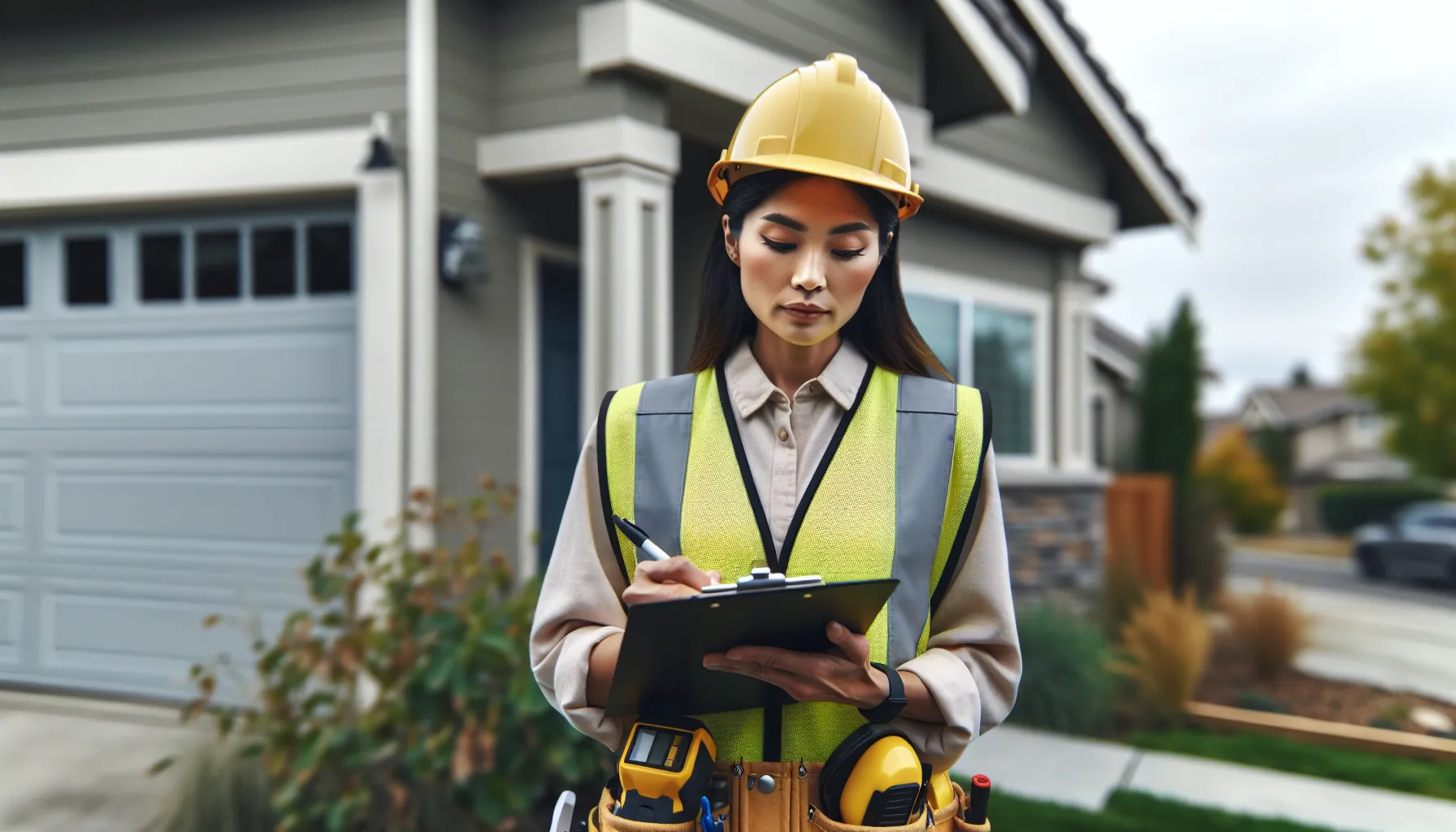
Property hazard inspections in Sacramento bring measurable value to property owners and investors by identifying issues early. Average inspection fees range from $75 for basic annual or semi-annual maintenance inspections to higher rates for specialized assessments. For instance, overseeing insurance claims may cost $100 per claim, while coordinating access for appraisers can run $125. Some providers offer enhanced packages or marketing services that bundle the cost, which helps owners with larger portfolios manage recurring expenses more easily.
| Inspection Service | Typical Fee |
|---|---|
| Semi-Annual or Annual Inspection | $75 |
| Insurance Claim Oversight | $100/claim |
| Appraiser Access Assistance | $125 |
| Home Improvement Oversight | 7.5% of Project |
| Property Close Out Fee | $100/property |
Spending on inspections protects long-term financial interests. Routine checks reveal wear and tear, fire hazards, or water damage before they cause high repair bills. Without inspections, minor issues like leaky pipes or faulty wiring can escalate, leading to emergency repairs or insurance claims that eat into profits.
Do you ever wonder how much peace of mind costs when managing multiple properties from afar? Prompt hazard detection helps prevent rent loss due to unsafe conditions or code violations. Tenants feel safer living in inspected spaces and are more likely to pay rent consistently. Property owners report higher satisfaction because thorough inspections support steady occupancy and protect investments.
How do owners gauge the true savings from inspections? Timely findings reduce emergency repair incidents, minimize legal risks, and keep buildings compliant with Sacramento’s safety codes. Property owners and investors find that inspection fees often pay for themselves by averting much larger expenses down the line. With clear inspection reports, I feel equipped to make decisions that keep my property protected and my rental income stable.
Conclusion
When it comes to protecting my Sacramento property I know that regular hazard inspections are one of the smartest investments I can make. Choosing a qualified inspector and staying proactive lets me avoid expensive surprises and keep my property safe and compliant.
I’ve found that the peace of mind and financial security these inspections offer far outweigh the initial cost. With every detailed report I get a clearer understanding of my property’s needs and risks which helps me make confident decisions for the future.
Frequently Asked Questions
What is a property hazard inspection?
A property hazard inspection is a thorough check of a property to identify safety risks such as fire hazards, water damage, electrical issues, and code violations. It helps property owners find and fix problems before they become costly or dangerous.
Why are property hazard inspections important in Sacramento?
These inspections are crucial in Sacramento due to the strict safety and health codes. Regular inspections help owners avoid expensive repairs, stay compliant with local laws, and protect tenants’ safety and well-being.
What hazards do inspectors typically look for?
Inspectors focus on fire hazards, water and mold damage, structural problems, electrical and gas safety, and building code violations. They check areas like exits, smoke detectors, wiring, plumbing, roofs, and crawl spaces.
Who should get a property hazard inspection?
Homeowners, real estate investors, and property managers—especially those with multiple or remote properties—should regularly schedule hazard inspections to ensure safety and prevent unexpected expenses.
What is the inspection process like in Sacramento?
The process starts with pre-inspection preparation, followed by a detailed walkthrough of the property using specialized tools. Inspectors check for compliance with local codes and complete a comprehensive report with observations, violations, and recommendations.
How do I choose a reliable property inspector in Sacramento?
Look for licensed and certified inspectors with local experience. Read reviews, ask for sample reports, and discuss their inspection process. Reliable inspectors communicate clearly and provide detailed, transparent reports.
How much do property hazard inspections cost?
Basic inspections typically start around $75, with higher rates for larger or specialized properties. The cost depends on the size and complexity of the property, but the investment can prevent much higher expenses from unnoticed hazards.
How do inspections help rental property owners?
Regular inspections help owners catch issues early, reduce repair and legal costs, maintain compliance, and keep tenants happy. They also help prevent rent loss and support stable rental income by ensuring a safe environment.
What happens after a property hazard inspection?
After the inspection, you’ll receive a detailed report outlining any risks, code violations, and suggested repairs. This helps you prioritize maintenance and make informed decisions to protect your investment.
How often should property inspections be conducted?
It’s recommended to schedule a property hazard inspection annually or whenever there’s a change in tenancy, significant weather event, or before making major renovations. Regular checks ensure ongoing safety and compliance.
